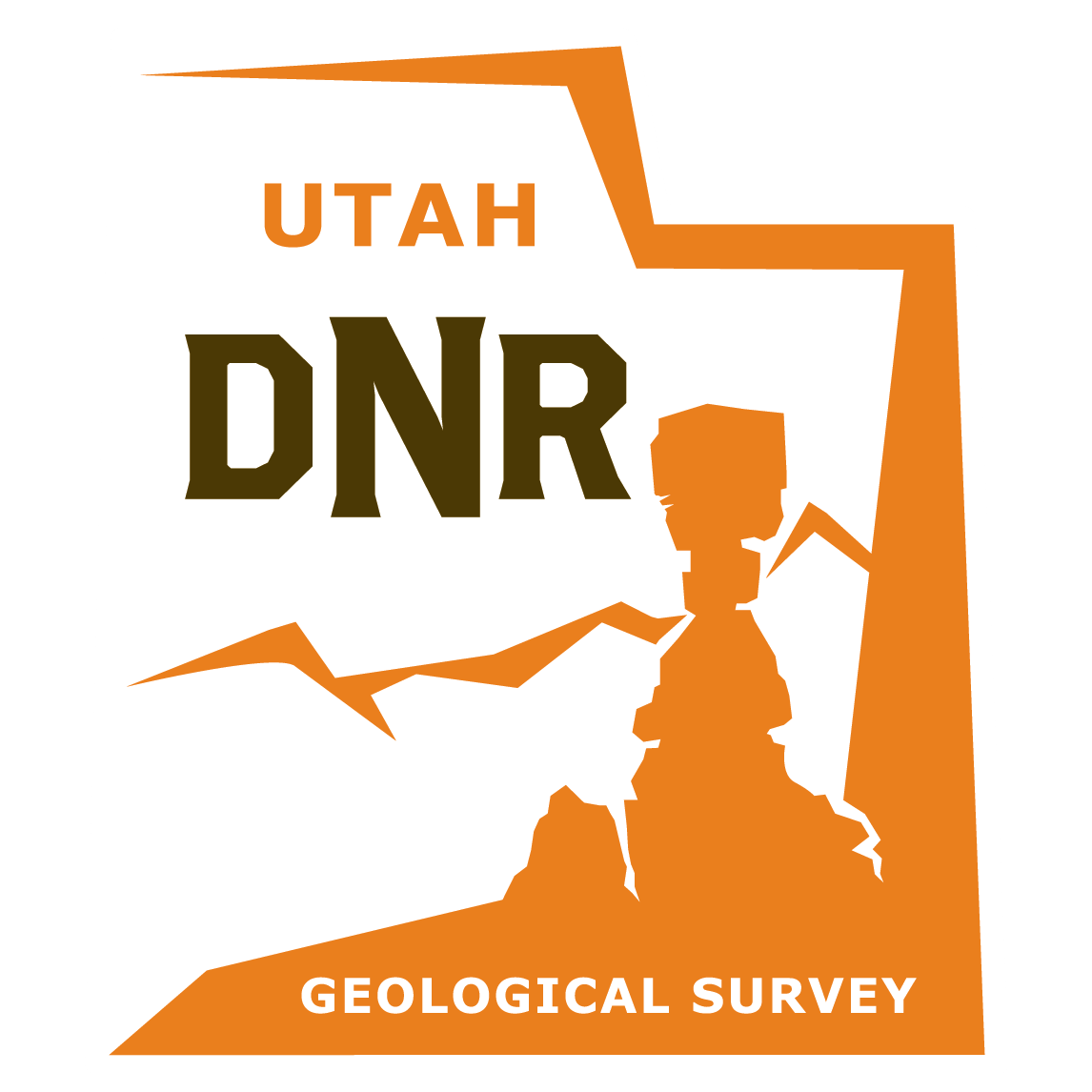 It’s time again for another round of “Spot the Rock”! Can you guess where this interesting sight is located?
It’s time again for another round of “Spot the Rock”! Can you guess where this interesting sight is located?
Like us on FACEBOOK or follow us on TWITTER to participate in “Spot the Rock”!
UPDATE: Location Revealed
This “Spot the Rock” photo was taken in northwestern most part of Utah, at the southern end of the Grouse Creek Mountains, Box Elder County. As was correctly guessed it is in the area of the Devils Playground.
Devils Playground consists of Tertiary-age (approximately 38 million years old) granitic rock formed from a cooling magma body that intruded overlying Paleozoic (400 to 300 million years old) sedimentary rocks. Known as the Emigrant Pass pluton, this intrusion covers an area of approximately 10 square miles. For more information including directions, visit our GeoSights article-http://geology.utah.gov/surveynotes/geosights/devils_playground.htm











